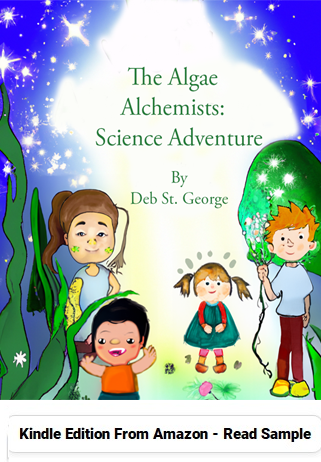When creators of artistic and literary works are given legal rights, then copyright describes the process. Literary works that are protected by copyright include poems, novels, plays, newspapers, reference works. Artistic works which include drawings, paintings, sculpture, photograph, advertisements, architecture, technical drawings, and maps. Others are databases and computer programs, musical compositions, choreography, and musical composition.
Copyright is important to the creativity of every people. It gives them incentives either in the forms of fair monetary rewards or recognition. The creators are rest assured that they are protected from piracy or unauthorized copying thus they can distribute their works without fear. In return, it enhances knowledge, entertainment, and culture enjoyment across the globe.
Works that are originally created and covered by copyrights have some basic rights which can be passed on their heirs. They are holding exclusive rights to use or give consent other people to use their works through an agreement. The original creator can authorize or prohibit:
- Reproduction in different forms including sound recording or printed publication.
- Public performances as in musical works or plays.
- Recordings in different forms including videotapes, cassettes, or compact discs.
- Broadcastings via cable, radio, or satellite.
- Translations to other languages or adaptations. One typical example is a novel used in a screenplay.
Most creative works under copyright require financial investment, communication, and mass distribution upon dissemination using different media. It includes publications, films, and sound recordings. The creators are often selling the rights of their works to companies or individuals who can market their works best to get back what they paid for. These payments are independently made based on the actual work usage, known as royalties.
However, the economic rights entitled to them are limited only to fifty years after the death of the creator as what is stated in the WIPO (World Intellectual Property Organization) treaties. Longer limits on time can be also established by the national law. This will enable the creators as well as their heirs to gain financial benefits over a specified time limit. Moral rights are also included under copyright protection. The creators are given the right in claiming an authorship or opposing the changes made harming their reputation.
Copyright and other related rights are given by individual countries through national legislation. Even international treaties applied some national laws to ensure that a number of rights are granted to the original creators based on nondiscriminatory status. The creators can consult the National Copyright Administration or CLEA (Collection of Laws for Electronic Access) WIPO database.
WIPO, an intergovernmental organization is administering lots of treaties internationally which is associated to intellectual property rights, requests, and government advice. However, it is mandatory for WIPO to give non-governmental organizations or private persons legal advice. It is much better to consult a copyright lawyer for specific matters.
Copyright is not dependent on official procedures. Created works are considered copyright protected upon its existence. It was stated in the Berne Convention about protecting artistic and literary works that without formalities, these works are already protected provided that the country is a part of the said convention.
A system for copyright registration is not provided by the WIPO. But many countries have national copyright offices. National laws are allowing registration for artistic and literary works to serve some purposes. Copyright can distinguish work titles, or become a prima facie proof used in courts to solve copyright disputes.
A trademark is a word, device, symbol, name, or combination of any of these elements intended or used in business to distinguish and identify the products of one company or seller from products sold or manufactured by others, and indicate sources of the products. To make it simple, a brand name defines a trademark.
Registration of a trademark is not required by the government. However, several advantages can be given if a trademark obtained federal registration. It includes evidences of trademark's ownership, nationwide constructive notice about the owner's claim, federal courts jurisdiction can be invoked, registration can be a basis to obtain international trademark registration, and registration can be filed with the customs service of the U.S. to prevent infringing of imported goods.
Understanding the distinction between a copyright and trademark is necessary. It really helps.
Patents and Trademarks


